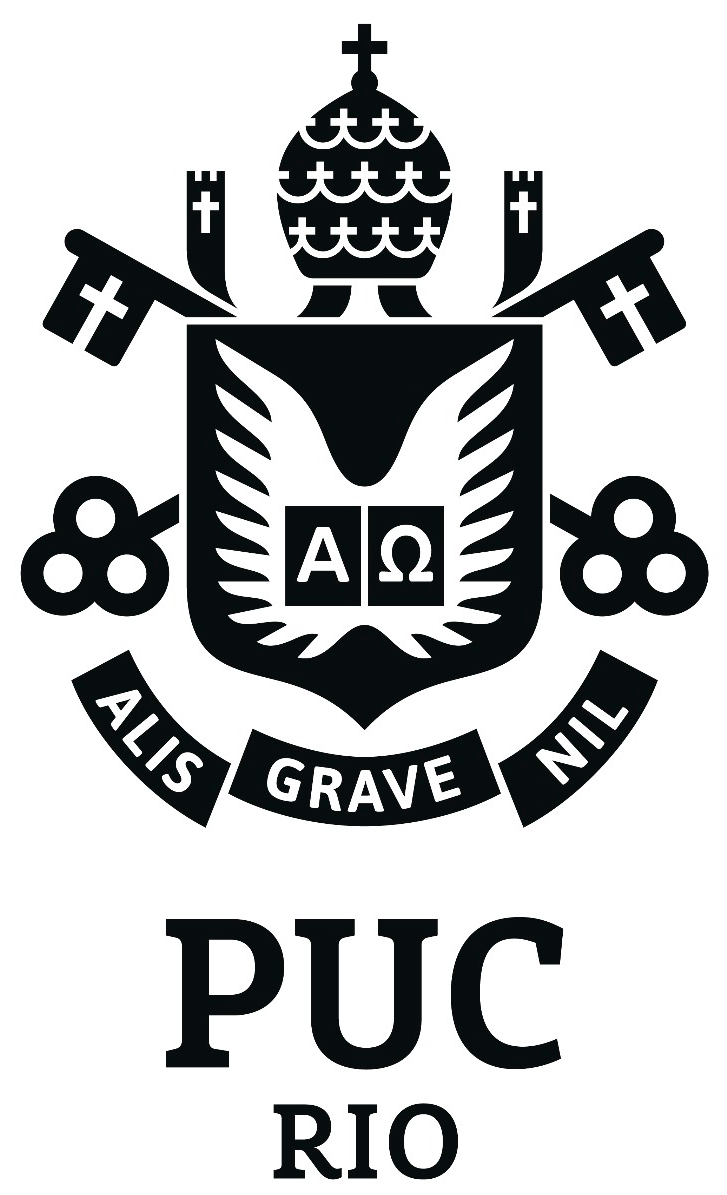Essays in Monetary Policy with Risky Assets
Orientador(a): Carlos Viana de Carvalho
Banca: Eduardo Henrique de Mello Motta Loyo, Eduardo Zilberman, Tiago Couto Berriel, Ricardo A. M. R. Reis.This dissertation presents three chapters addressing issues pertaining to monetary policy. Chapter 1 evaluates the problem of conducting monetary policy with risky assets in a simple neo-Wicksellian monetary model. I show that monetary policy’s power w.r.t prices and inflation reduces as it can only be conditionally active in the presence of policy-asset risk. Moreover, uncompensated risk premium induces an inflationary bias, as well as default probability and inflation are positively correlated, the same sign of empirical correlations usually found. These results constitute a novel argument in favor of a more hawkish stance in case of a fiscal or political crisis, which helps to explain "monetary policy conservatism" in risky economies. Chapter 2 endogenizes policy-asset risk as a fiscal risk and studies its transmission. I lay out a two-agent New-Keynesian (TANK) model with endogenous fiscal limits in which the central bank operates through defaultable bonds, and then calibrate it to a large emerging economy, Brazil. I find that by ignoring policy-asset risk the central bank reinforces the unpleasant coincidence of higher inflation, real, and nominal interest rates in the equilibrium distribution of the model, what emerges as the result of endogenous expectations of a severe recession in case of default. Additionally, accommodating policy-asset risk induces positive correlation between default risk and inflation. From a policy perspective, these results raise serious concerns about the evaluation of monetary policy stance in default-risky economies, while shed new light on the long-standing discussion about why policy rates have been exceptionally high in Brazil after the Real Plan. Finally, Chapter 3 responds to a recent controversy on the actual presence of a real interest rate transmission channel in New-Keynesian models, as the addition of endogenous capital is consistent with real rates moving in any direction after a monetary shock. I show that this identification problem can be circumvented by the inclusion of another ingredient as prevalent as capital itself in middle-scale models: interest-rate smoothing.

